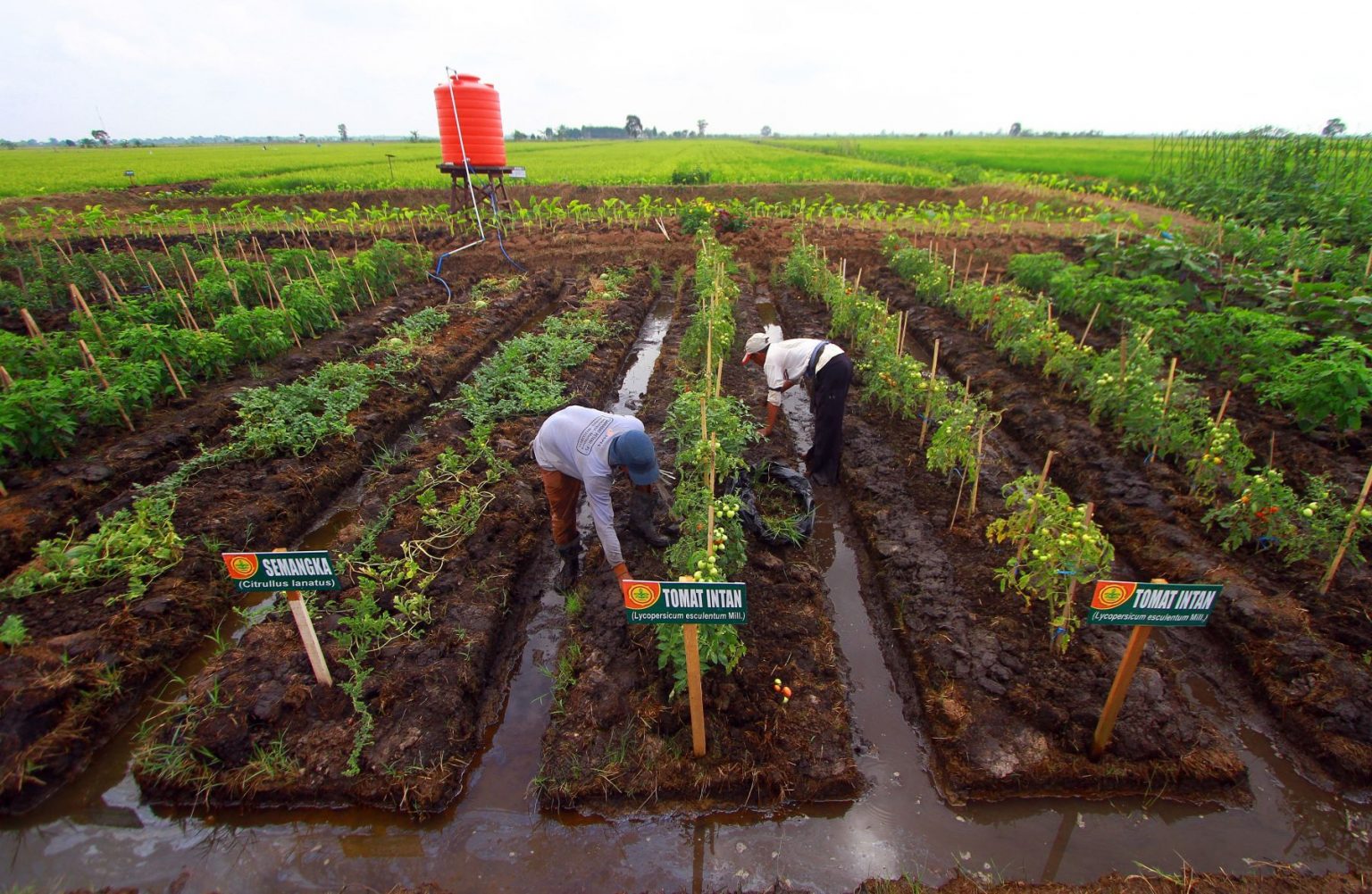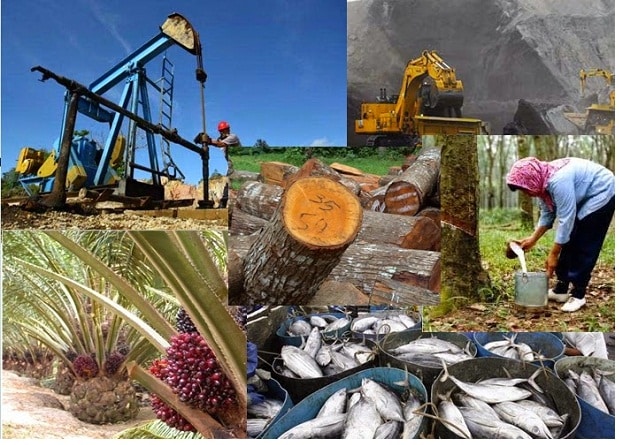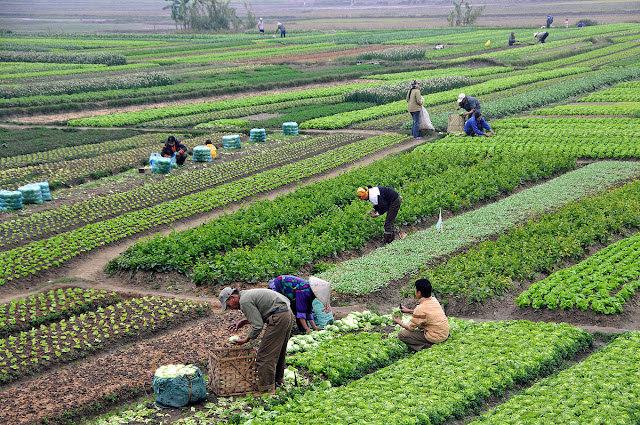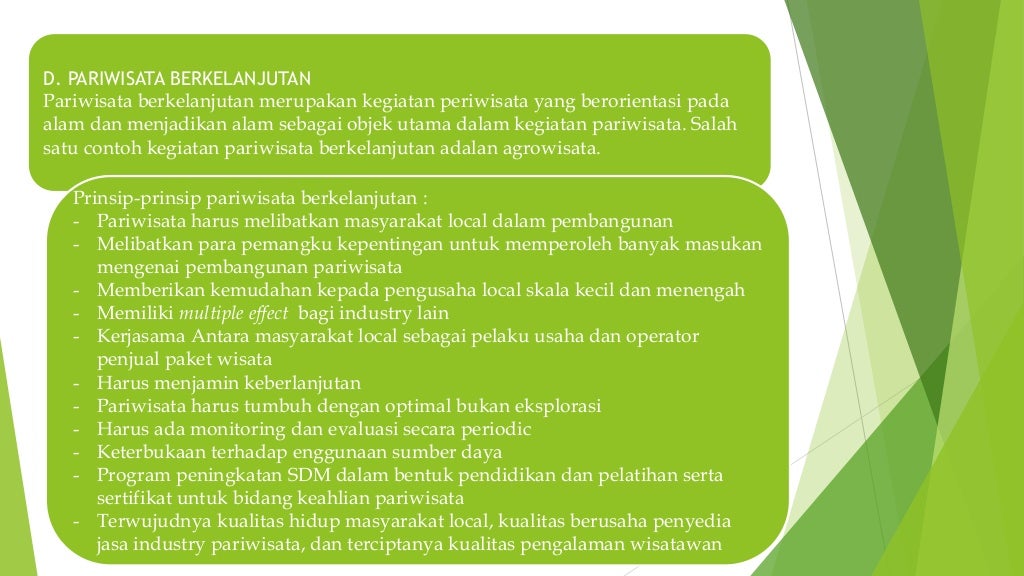Pemanfaatan Sumber Daya Lokal dalam Pertanian
The Significance of Local Resources in Agriculture
 Source: bing.com
Source: bing.comUtilizing local resources in agriculture plays a crucial role in improving sustainability, productivity, and profitability. By harnessing the potential of local resources, farmers can reduce their dependency on external inputs and promote a more self-sufficient farming system. This article explores the various ways in which local resources can be effectively utilized in agriculture for the benefit of farmers and the environment.
The Importance of Soil in Agriculture
 Source: bing.com
Source: bing.comSoil is the backbone of agriculture, providing essential nutrients and support for plant growth. By utilizing local resources such as organic matter, compost, and manure, farmers can improve soil fertility, structure, and moisture-holding capacity. This reduces the need for synthetic fertilizers and promotes sustainable farming practices.
Utilizing Local Plant Varieties
 Source: bing.com
Source: bing.comLocal plant varieties are well-adapted to the local climate, soil conditions, and pests. By utilizing these varieties, farmers can reduce the risk of crop failure, increase resilience to climate change, and preserve biodiversity. Additionally, local plant varieties often possess unique flavors, textures, and nutritional profiles, providing consumers with diverse and healthy food options.
Water Conservation Techniques
 Source: bing.com
Source: bing.comWater scarcity is a growing concern in agriculture. By implementing water conservation techniques such as rainwater harvesting, drip irrigation, and mulching, farmers can maximize the efficient use of water resources. These techniques not only reduce water wastage but also help in maintaining soil moisture levels, leading to higher crop yields and lower water-related expenses.
Integrated Pest Management
 Source: bing.com
Source: bing.comIntegrated Pest Management (IPM) is a holistic approach to pest control that minimizes the use of chemical pesticides. By utilizing local resources such as beneficial insects, trap crops, and natural predators, farmers can effectively manage pests while preserving the ecological balance. This reduces the negative impacts of chemical pesticides on human health and the environment.
Utilizing Locally Available Farming Equipment
 Source: bing.com
Source: bing.comUtilizing locally available farming equipment reduces dependency on imported machinery and promotes local entrepreneurship. By adapting and innovating traditional farming tools, farmers can enhance their productivity and efficiency. This not only reduces production costs but also empowers local communities and stimulates rural economies.
Community-Based Seed Banks
 Source: bing.com
Source: bing.comCommunity-based seed banks are essential in preserving local plant varieties and ensuring seed sovereignty. By collecting, storing, and exchanging seeds, farmers can maintain a diverse and resilient seed stock. This empowers farmers to adapt to changing environmental conditions and promotes crop diversity, reducing the risk of crop failure.
Maximizing Crop Residue and By-Products
 Source: bing.com
Source: bing.comUtilizing crop residue and by-products such as straw, husks, and stems can significantly reduce waste and increase resource efficiency. These residues can be used for mulching, composting, animal feed, and biofuel production. By maximizing the utilization of crop residues, farmers can enhance soil fertility, reduce greenhouse gas emissions, and create additional income streams.
Conclusion
In conclusion, the utilization of local resources in agriculture brings numerous benefits to farmers, the environment, and local communities. By harnessing the potential of local soil, plant varieties, water, pest control methods, farming equipment, seed banks, and crop residues, farmers can improve sustainability, productivity, and profitability. This not only reduces dependency on external inputs but also promotes self-sufficiency, biodiversity, and resilience in the agricultural sector.
Post a Comment for "Pemanfaatan Sumber Daya Lokal dalam Pertanian"